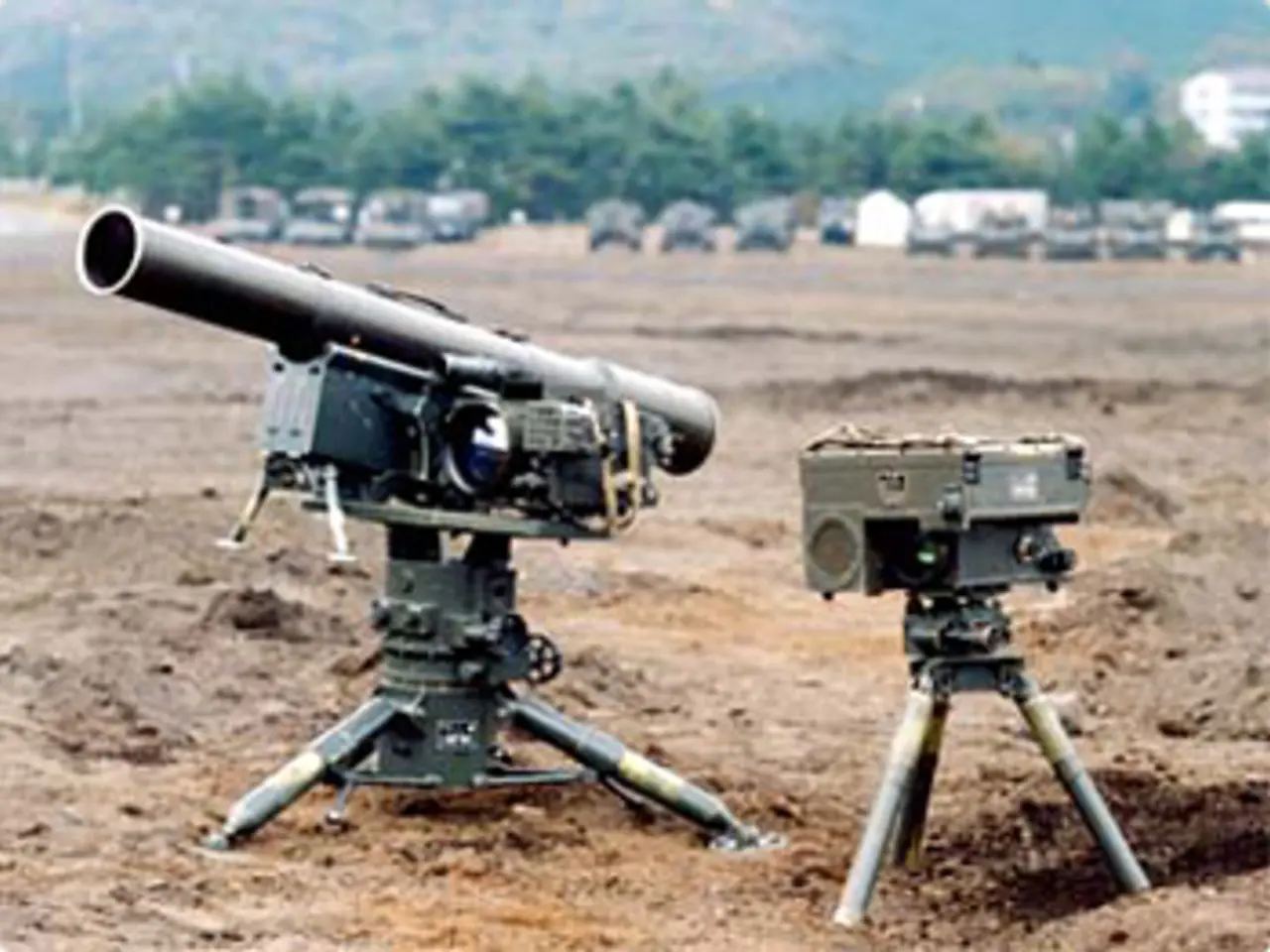Military to Alter Sentinel ICBM Launch Sites with Prominent Changes
The Air Force is undergoing major revisions in its Sentinel intercontinental ballistic missile (ICBM) program, with a significant shift in the approach to constructing launch facilities. Instead of retrofitting existing Minuteman III silos, the Air Force is planning to build entirely new launch facilities, a decision driven by challenges and unforeseen complications with the conversion of the existing Minuteman III silos.
### New Silo Construction Planned
The new strategy involves digging new holes in the ground, a resource-intensive and costly endeavour. This change is aimed at ensuring the Sentinel program meets its performance and security goals, while also mitigating risks associated with retrofitting older infrastructure.
### Cost and Timeline Considerations
While the decision to build new silos adds costs, it is intended to avoid potential delays and ensure the program's overall success. The shift is part of broader efforts to address cost overruns and infrastructure limitations. The Air Force plans to field Sentinel as a one-for-one replacement for the 400 currently deployed Minuteman III missiles.
### Sentinel Program Funding and Management
Despite the increased costs, the Sentinel program is reported to be fully funded, with excess funds from the program being reallocated for other purposes, such as refurbishing a Qatari-donated plane for presidential transport. The construction costs associated with the command and launch segment are the main contributors to the cost breach in the Sentinel program.
### The Necessity of Changes
The necessity for new silos arose after testing revealed significant challenges and unforeseen complications with converting the existing Minuteman III silos. These issues threatened to delay the program further and increase costs. The Air Force will build new silos predominantly on Air Force-owned real estate.
### Implications for the Sentinel Program
The Sentinel program is being restructured due to cost and schedule overruns that triggered an inquiry under the Nunn-McCurdy Act. The Air Force is no longer considering reusing Minuteman III silos for the Sentinel program. Northrop Grumman, the contractor for the Sentinel program, has had work on the command and launch segment suspended since February.
### Prioritizing Nuclear Deterrence
Air Force Chief of Staff Gen. David W. Allvin has stated that Sentinel, once restructured, and the aforementioned programs are top priorities for nuclear deterrence. The Air Force ICBM wings are located at F.E. Warren Air Force Base, Wyo.; Malmstrom Air Force Base, Mont.; and Minot Air Force Base, N.D. The missile fields span across five states-Colorado, Montana, Nebraska, North Dakota, and Wyoming.
[1] Breaking Defense, 2022 [2] Acting Secretary of the Air Force Gary Ashworth, 2022 [3] U.S. Congressional Budget Office, 2023
- The shift in the Sentinel program's approach to constructing launch facilities includes the plan to build entirely new launch facilities, bypassing the challenges and unforeseen complications with converting existing Minuteman III silos.
- The Air Force Space Force is working on addressing cost overruns and infrastructure limitations, with the new silos for the Sentinel program being one of the key initiatives for the Air Force's broader efforts.
- The Pentagon has reported that the added costs of building new silos for the Sentinel program are being fully funded, with excess funds being reallocated for other purposes, such as refurbishing an aircraft for presidential transport.
- In light of testing revealing significant challenges with converting existing Minuteman III silos, the Air Force is focusing on building new silos predominantly on Air Force-owned real estate, to prioritize nuclear deterrence and ensure the Sentinel program's success.




